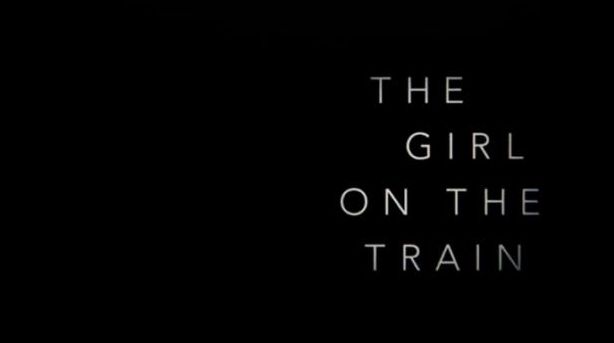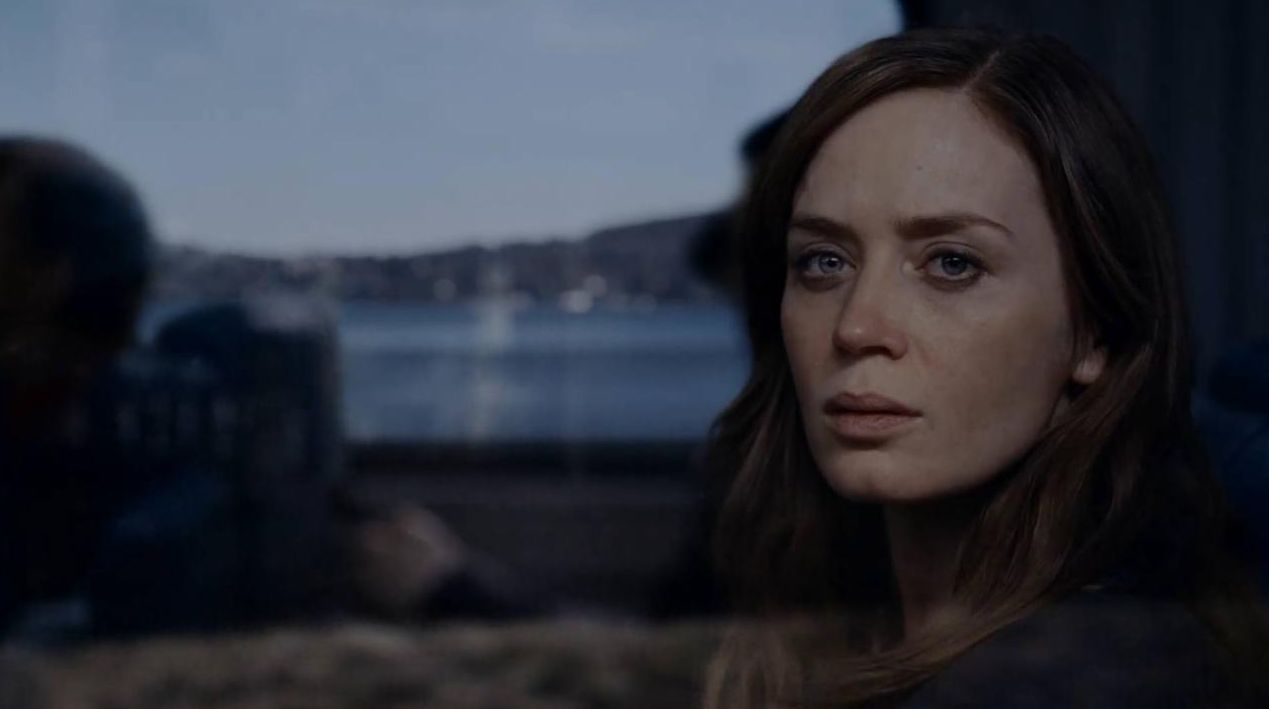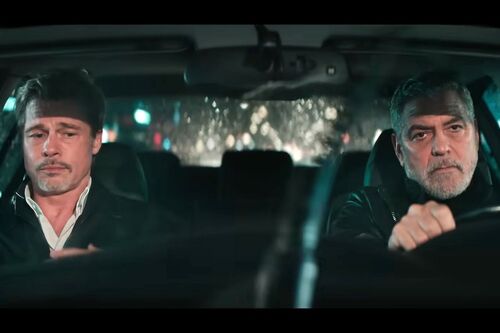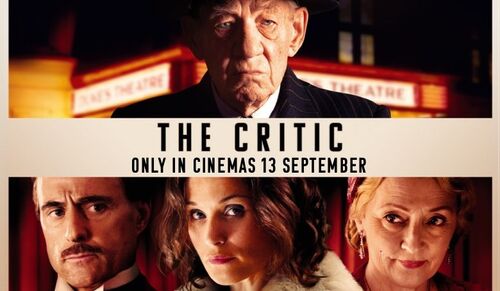
"The Girl on the Train" Review
 "The Girl on the Train" is not a follow-up to 2014's "Gone Girl", as the titles might lead you to believe. And the comparisons don't end there: both films are based on popular novels. Both stories are disappearance/possible murder mysteries featuring a female at the center of the action (with both actresses giving showcase performances). And both films have first weekend of October release dates, two years apart.
"The Girl on the Train" is not a follow-up to 2014's "Gone Girl", as the titles might lead you to believe. And the comparisons don't end there: both films are based on popular novels. Both stories are disappearance/possible murder mysteries featuring a female at the center of the action (with both actresses giving showcase performances). And both films have first weekend of October release dates, two years apart.
If you've seen "Gone Girl" (directed by David Fincher), the similarities will hit you as you watch "The Girl on the Train", which is directed by Tate Taylor ("The Help", "Get On Up"). He uses random editing techniques and abrupt shifts in time, just as Fincher did, to unveil a story that is "twisted" in more ways than one.Emily Blunt is in the small group of the top actresses working today who've never received an Oscar nomination. Here she gives the most intense dramatic performance of her career as Rachel, the title character. Rachel rides the Metro North train from her home into New York City and back every day, and she always sits by a window, facing the homes that line the way.
Rachel has become obsessed with a young couple she watches as the train passes by their house each day. She's witnessed their intimate moments in the backyard, on their deck and by their fire pit. Rachel's also watched them making love in their kitchen because (for some reason) they like to leave their window shades wide open. Rachel's never met this couple - she doesn't even know their names. But she feels like she knows them, even drawing sketches of them in a notebook. Oh, and did I mention that Rachel is emotionally unstable and an alcoholic? An event Rachel witnesses one morning, that upsets her tremendously, puts the story in motion.
And there are a lot more characters involved in "The Girl on the Train" than Rachel and this couple: there's Rachel's ex-husband, his new wife, their baby, her ex's former boss's wife, her best friend, a therapist, a detective, and a mysterious man in a suit with a briefcase. Keeping all these people relevant within the plot is a challenge - and one that Taylor is only semi-successful pulling-off.
"The Girl on the Train" is extremely scattered. The constant look backs in the narrative (two months ago, two weeks ago, two days ago) likely worked much better in the novel. Eventually everything does merge together, though it should have happened much sooner. This film is a combination of a soap opera and every crime/investigation show on TV.

And, just as is the case with those two genres, it plays-out very predictably. Taylor avoids using background music as a way of adding tension, and the technique works. Watching Rachel's physical and psychological meltdowns, (there are at least a half- dozen) each followed by efforts to recover, maybe this time for good, is mesmerizing. Blunt is a deceptive and bewitching lead, and the numerous close-ups (many with the same tear rolling down her cheek) show the actress as more rugged and devastating than we've ever seen her.
This isn't my favorite Blunt role, but like Rosamund Pike in "Gone Girl", she is, by far, the best part of "The Girl on the Train". What holds the film back from being an exceptional thriller is the screenplay. It's overly convenient, coincidental and filled with gaping holes, though writer Erin Cressida Wilson (who stuck closely to Paula Hawkins's 2015 novel, which DreamWorks acquired the rights to nearly a year before it was published) does execute a major twist late that's more impressive than the climax that follows.
The premise is juicy enough for you to buy a ticket, and Blunt will keep you glued to your seat. Just expect a bit of a shaky ride.


